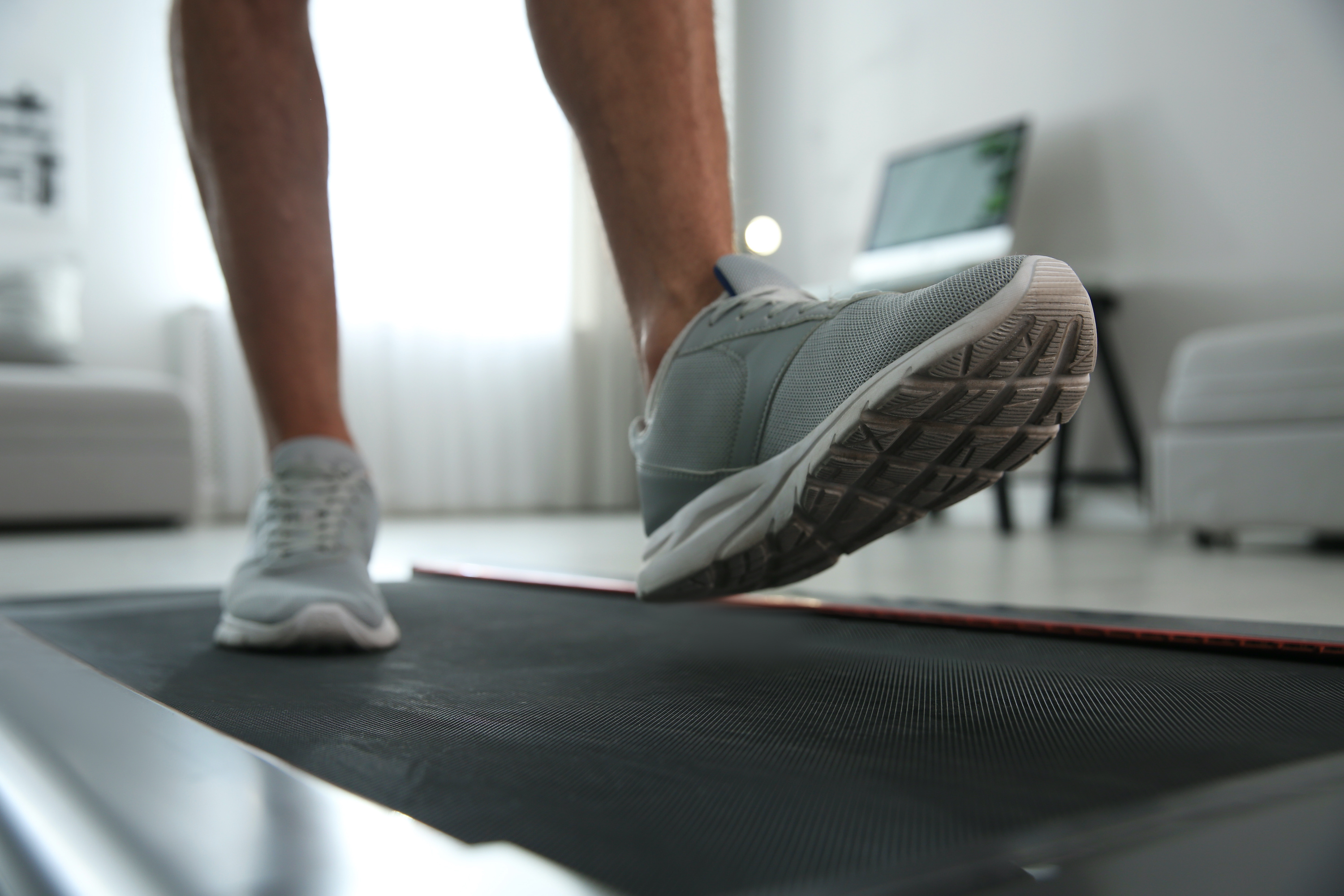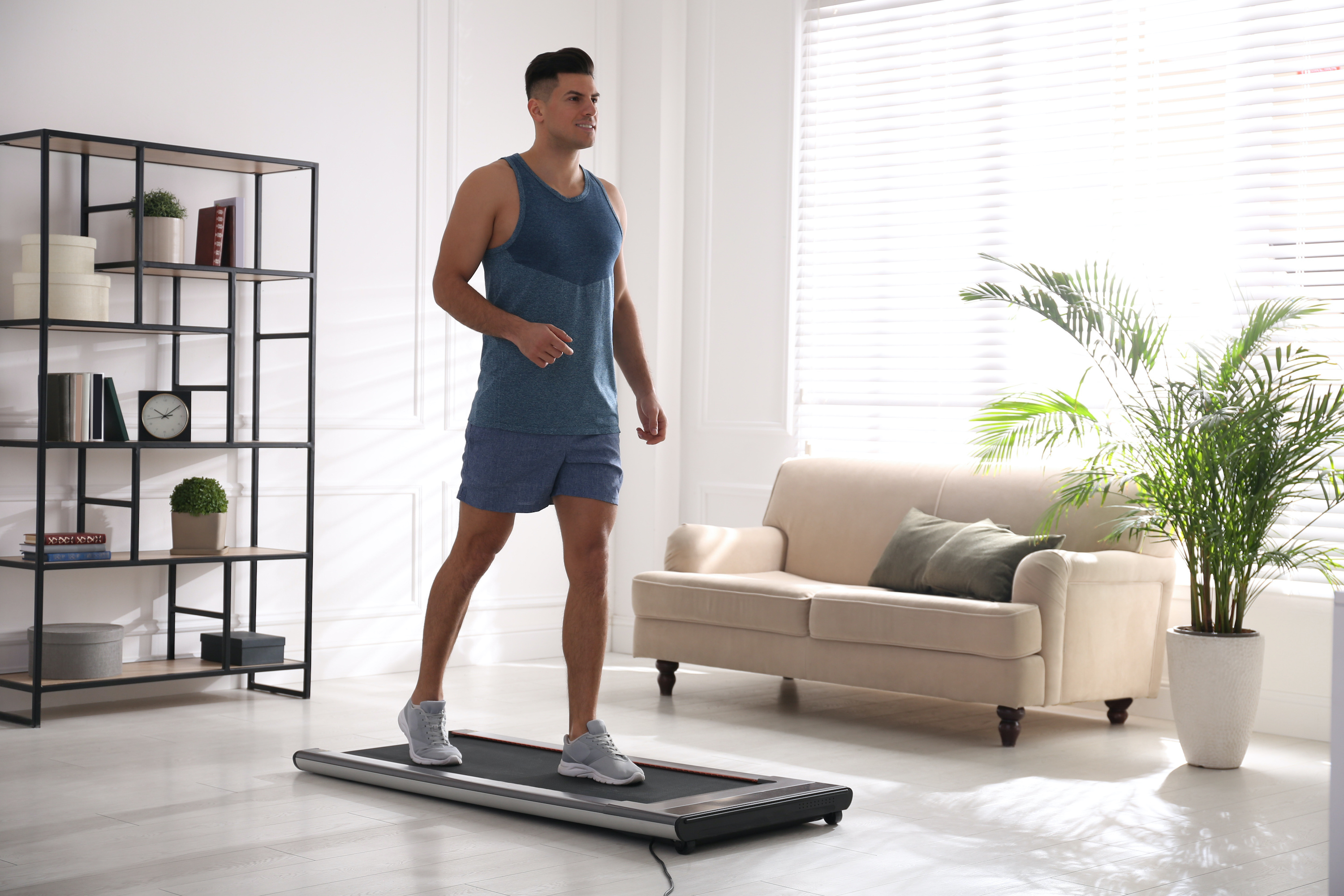
Walking pads, or “mini treadmills” became especially popular around 2023 thanks to the “work from home” era. Showcased by social media influencers on TikTok and Instagram, walking pads became an easy way to get more steps in right from the comfort of your own home. Unlike treadmills which are bulky and heavy, most walking pads are foldable and lighter in weight, making them easy to put in home offices, basements, and even right in your living room.
Whether you’re watching TV or standing at your desk, walking pads are a simple and effective way to increase your movement while going about your normal activities. But what if you’re looking for a cardio workout that is a bit more challenging than a traditional walking pad? Swapping your walking pad for a walking pad with an incline might just provide the calorie burn you’re looking for.
Switching to a walking pad with an incline

Many models of walking pads with incline feature adjustable incline that can be done manually or automatically. Manual adjustable incline walking pads will be lower in price, whereas automatic incline features will cost you a bit more. As you decide which option is best for you, consider how often you plan on using the incline feature of your new walking pad. If you plan on adjusting it frequently, it might be worth springing for an automatic incline model.
Walking flat on a walking pad is great cardio in itself, but adjusting the incline slightly can help you burn more calories while you walk. Most walking pads with incline offer a 3 to 5% incline. If you’re looking to burn more calories while working at a standing desk, talking on the phone, or simply browsing TikTok — a walking pad can help you reach your cardio goals without even trying.
Should you switch to an incline walking pad?

Switching to a walking pad with an incline feature ultimately comes down to a personal preference. In addition to a greater calorie burn, walking on an incline can also help strengthen your leg and glute muscles, increase cardiovascular stamina, and improve your cardiovascular health. Incline walking also helps you work up a sweat more than a flat walk, but is a better choice than running for people with joint issues such as arthritis. Plus, many people find that incline walking helps engage their core more than flat walking.
While these models can help you burn more calories during a walk, they tend to be heavier and bulkier — which may be a drawback for some people. For those in tight spaces or looking to store the pad under a bed, these models could be too heavy. In addition, walking on an incline while trying to work on a computer could be more challenging, so incline walking pads may be better suited to use after the work day is over.



